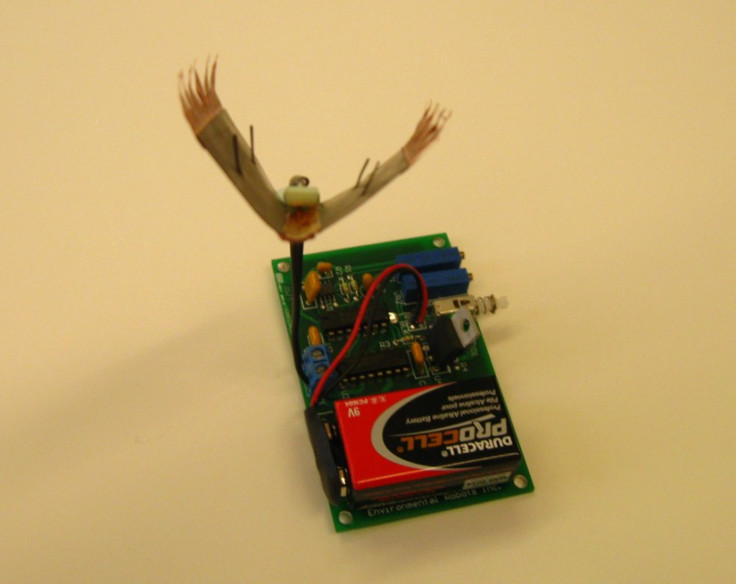New Venus Flytrap Prototype Presages Robots That Can Trap Their Own Fuel

Mohsen Shahinpoor, a professor of mechanical engineering at the University of Maine, and a team at Seoul National University in South Korea led by Seung-Won Kim have both independently invented prototypes of robots that snap shut in response to stimuli and trap insects in the manner of the carnivorous Venus flytrap plant (Dionaea muscipula).
The Venus flytrap itself is well known for the rapid-movement response that allows it to prey on spiders, flies, and other bugs and insects. The two clam-shaped leaves of the Venus flytrap are lined with tiny hairs along their interior; when an insect disturbs these hairs, a mechanism within the plant causes the leaves, which are open when they are in a convex state, to 'flip,' trapping the bug inside the now-concave leaves.
The design developed at by Kim's team in Seoul uses a shape-memory metal spring as the basis for the shutting mechanism. The carbon fiber 'leaves' are connected to a shape-memory alloy spring, which is loosed by the weight of an insect landing on the leaves.
The model coming out of the University of Maine uses a current-sensitive material in place of the sensitive hairs of the Venus flytrap. Shahinpoor incorporated a design he had previously invented which uses a material called ionic polymeric metal composite (IPMC) as both a motion sensor and an actuator - a device that translates energy into movement, much as muscles do. Such is the sensitivity of the IPMC that the contact made by an alighting insect will generate a very tiny voltage of electricity. The same material also responds to electricity by bending or flapping shut, so that it will respond to the electric trigger of the disturbance caused by the insect by quickly snapping from convex to concave, like the Venus flytrap.
Reporting on the topic, New Scientist suggests that the two groups of researchers make contact with Loannis Leropoulos of the Bristol Robotics Lab in the United Kingdom. Leropoulos and his team developed the Ecobot, a robot capable of using insects, food, and sewage as fuel, breaking down the materials so they generate electricity. Incorporating the digestion element into the Venus flytrap models would allow for a truly self-sufficient mechanical system that also accomplished a specific function.
What do the scientists think about this?
"We should be able to benefit enormously from these flytrap technologies," says Leropoulos. "We'd be happy to talk to these groups about their flytraps."
Via New Scientist
© Copyright IBTimes 2025. All rights reserved.





















